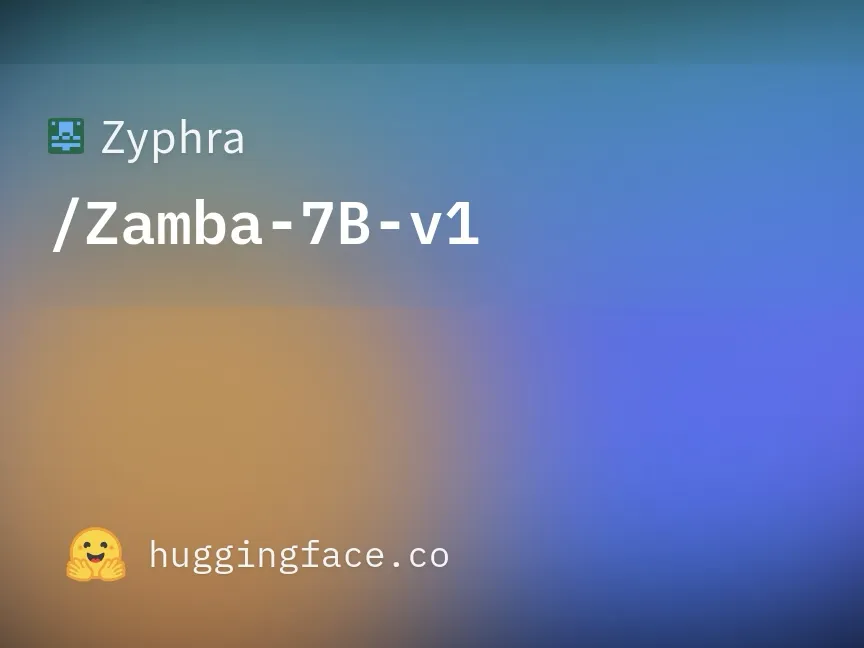OUR TAKE
Zyphra’s Zamba2-2.7B is a game-changer in AI, boosting speed and efficiency while cutting memory overhead. It’s like Tesla’s electric cars – more power, less resources. Its innovative techniques make it a ninja among language models, perfect for constrained environments. With its reduced latency, it’s ideal for edge computing. And its open-source release invites creativity from developers worldwide.
–Miurio huang, BTW reporter
What happened
Zyphra, a Palo Alto-based AI firm specialising in probabilistic computing, has launched its latest innovation, Zamba2-2.7B. This new small language model (SLM) promises significant advancements in both speed and efficiency, delivering twice the performance speed and reducing memory overhead by 27% compared to previous models. Trained on an extensive dataset of about 3 trillion tokens from Zyphra’s proprietary sources, Zamba2-2.7B matches the capabilities of larger models like Zamba1-7B and other 7B models, providing high-level performance in a compact package.
Zyphra’s Zamba2-2.7B is designed to be an attractive solution for businesses, researchers, and developers due to its advanced capabilities combined with reduced computational demands. The model utilises innovative techniques such as the interleaved shared attention scheme with LoRA projectors on shared MLP blocks, which enhance its ability to manage complex tasks efficiently. It also boasts a 1.29 times lower generation latency compared to Microsoft’s Phi3, making it a viable option for devices with limited memory and applications needing smooth, continuous communication.
Also read: Microsoft’s AI system ‘SpreadsheetLLM’ elevates firm productivity
Also read: DeepL launches new LLM for business users
Why it’s important
Zamba2-2.7B represents a leap forward in small language model technology by offering high performance with lower resource consumption. Its efficiency makes it ideal for deployment in environments with constrained computational power and memory, while its advanced features ensure high accuracy and relevance for specific tasks. The model’s open-source release on Hugging Face, along with a pure-PyTorch implementation, allows researchers and developers to integrate and leverage its capabilities widely.
The release of Zamba2-2.7B builds on Zyphra’s previous success with its open-source Zamba model, which demonstrated superior performance over competitors like LLaMA 1 and 2, and OLMo-7B. By providing a cost-effective, high-performance alternative, Zyphra is pushing the boundaries of what small language models can achieve, facilitating broader adoption and innovation across various industries. The advancements in Zamba2-2.7B underscore a growing trend toward optimising AI models for efficiency without compromising on capability, addressing both performance and environmental concerns in AI deployment.

